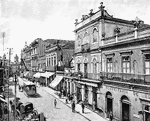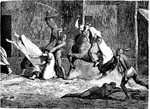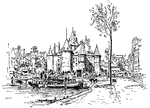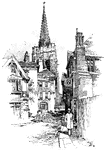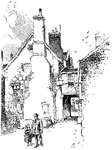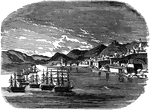
Proposed Apartment House
An illustration of a proposed apartment house in New York City. "As a people we set a high value on…
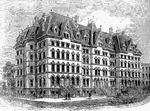
Proposed Family Hotel
An illustration of a proposed family hotel in New York City. "There is probably no great city in the…

Young Benjamin Franklin
Benjamin Franklin shortly after his first arrival in Philadelphia. No one who saw him could have guessed…
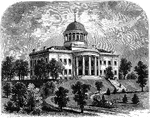
Missouri State Capital
An illustration of the State Capital located in Jefferson City, Missouri. Jefferson City was named after…

The City of Constantinople (Byzantium)
Byzantine Constantinople had been the capital of a Christian empire, see Christendom, successor to ancient…
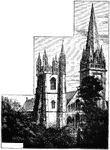
Llandaff Cathedral
Llandaff Cathedral is the seat of the Anglican Bishop of Llandaff (of the Church in Wales), situated…
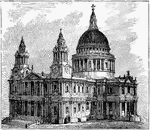
St. Paul's Cathedral
St Paul's Cathedral, is the Anglican cathedral on Ludgate Hill, in the City of London, and the seat…

Aqueduct
This image depicts a market in front of The Aqueduct of Segovia, located in Segovia, Spain. It was built…
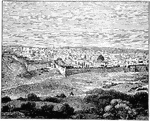
The City of Jerusalem
Jerusalem plays an important role in Judaism, Christianity, and Islam. The 2000 Statistical Yearbook…

Atlanta, Georgia in 1874
An illustration of Atlanta, Georgia as depicted in 1874. Atlanta, GA is the capital and the most populous…
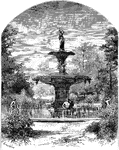
Fountain
An illustration of a large fountain located in Forsyth Park in Savannah, Georgia. Forsyth Park is a…

Forsyth Park
Forsyth Park is a large city park that occupies 30 acres in the historic district of Savannah, Georgia.…
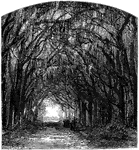
Bonaventure Cemetery
Bonaveture Cemetery is a public cemetery located on a scenic bluff of the Wilmington River, east of…

The New York City Normal College
An illustration of The New York City Normal College which is now known as Hunter College of the City…
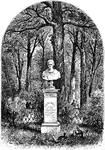
Andrew Jackson
An illustration of a sculpture of Andrew Jackson located in Memphis, Tennessee's city park.
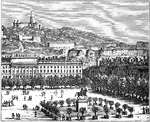
The City of Lyons, France
Lyons-la-Forêt is a commune in the Eure department in Normandy, in northern France. Because of…

General View of Rome
Rome is the capital city of Italy and Lazio, and is Italy's largest and most populous city, with more…
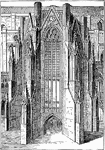
Chapter House of Old St. Paul's
Old St. Paul's is a name used to refer to the Gothic cathedral in the City of London built between 1087…
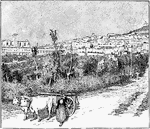
City of Assisi
Assisi is a town in Italy in province of Perugia, Italy, in the Umbria region, on the western flank…

Natchez, Mississippi
An illustration of Natchez, Mississippi looking down from a hill. In the late 18th-century Natchez was…

Baton Rouge, LA
An illustration of Baton Rouge, Louisiana from the Mississippi River. Baton Rouge is located in the…

Samuel J. Tilden
Samuel Jones Tilden (February 9, 1814 – August 4, 1886) was the Democratic candidate for the U.S.…
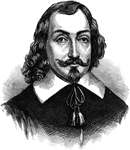
Samuel de Champlain
Samuel de Champlain, "The Father of New France", was a French navigator, geographer, cartographer, draughtsman,…
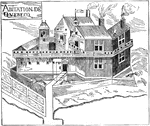
Champlain's Fortified Residence at Quebec
The fortified residence of Samuel de Champlain at Quebec, Canada.

St. Paul's Cathedral, London (Interior)
St Paul's Cathedral, is the Anglican cathedral on Ludgate Hill, in the City of London, and the seat…
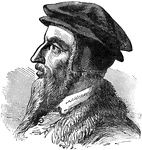
John Calvin
John Calvin (or Jean Calvin) (10 July 1509 - 27 May 1564) was a French Protestant theologian during…
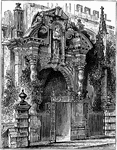
Porch of St. Mary's, Oxford
A church was established on this site, at the centre of the old walled city, in Anglo Saxon times. St…

St. Peters and the Vatican
An illustration of the exterior of both the Basilica of Saint Peter and the Vatican. The Basilica of…
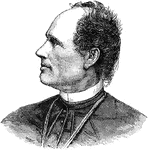
Josip Juraj Strossmayer
Josip Juraj Strossmayer (February 4, 1815 – May 8, 1905) was a Roman Catholic bishop, benefactor and…
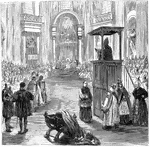
Reading of the Decree, July 18th
An illustration of the reading of the decree in Vatican City on July 18th, 1870.
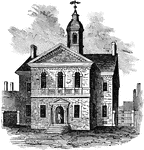
Carpenters' Hall
Carpenters' Hall is a four-story brick building in Center City Philadelphia, Pennsylvania which played…

Room in which Congress met in Carpenters' Hall
Carpenters' Hall is a four-story brick building in Center City Philadelphia, Pennsylvania which played…

Gold Box Presented to Bainbridge by the City of New York
A gold box presented to William Bainbridge by the city of New York.
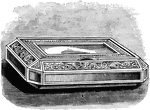
Gold Box Presented to Bainbridge by the City of Albany
A gold box presented to William Bainbridge by the city of Albany.
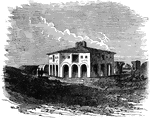
The Block-House in Craney Island, 1813
Craney Island is a point of land in the independent city of Portsmouth in the South Hampton Roads region…

Triumphal Arch in New York City
The arch erected in New York City to celebrate the return of Admiral George Dewey.
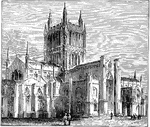
Hereford Cathedral
In the war between King and Parliament (the English Civil War) the city of Hereford fell into the hands…
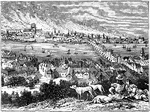
Great Fire of London
The Great Fire of London, a major conflagration that swept through the central parts of London from…

Old St. Paul's Cathedral
Old St. Paul's is a name used to refer to the Gothic cathedral in the City of London built between 1087…

Battle of El Molino del Rey
The Battle of El Molino del Rey was fought during the Mexican-American War in the city of Chapultepec…

Federal Hall
Federal Hall, located at 26 Wall Street in New York City, was the first capitol of the United States…
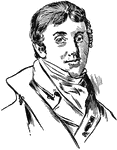
Nicholas Fish
Nicholas Fish (1758-1833) was an American Revolutionary soldier, born in New York City.
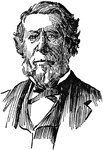
Hamilton Fish
Hamilton Fish (August 3, 1808 – September 7, 1893), born in New York City, was an American statesman…
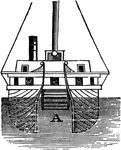
Section of the Floating Battery Fulton
USS Fulton, a 2455-ton center-wheel steam battery, was built at New York City to a design prepared…
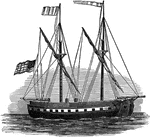
Floating Battery Fulton the First
USS Fulton, a 2455-ton center-wheel steam battery, was built at New York City to a design prepared…

General Brown's Gold Box
The gold box that the city of New York gave to Gen. Jacob Brown after the battles of Chippewa and Lundy's…
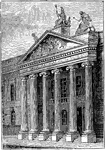
The Old East India House
East India House in Leadenhall Street in the City of London in England was the headquarters of the British…

Castle Garden
An illustration of Castle Garden, known today as Castle Clinton or Fort Clinton. Castle Clinton or Fort…
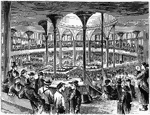
Castle Garden (Interior)
An illustration of the interior of Castle Garden, known today as Castle Clinton or Fort Clinton. Castle…

Bowery Theater
An illustration of Bowery Theater, a playhouse in the Bowery neighborhood of New York City. Although…

Westover Plantation
Westover Plantation is located on the north bank of the James River in Charles City County, Virginia.…

Fort George, Old New York City
Fort George, the name of four defensive works connected with warfare in the United States.
